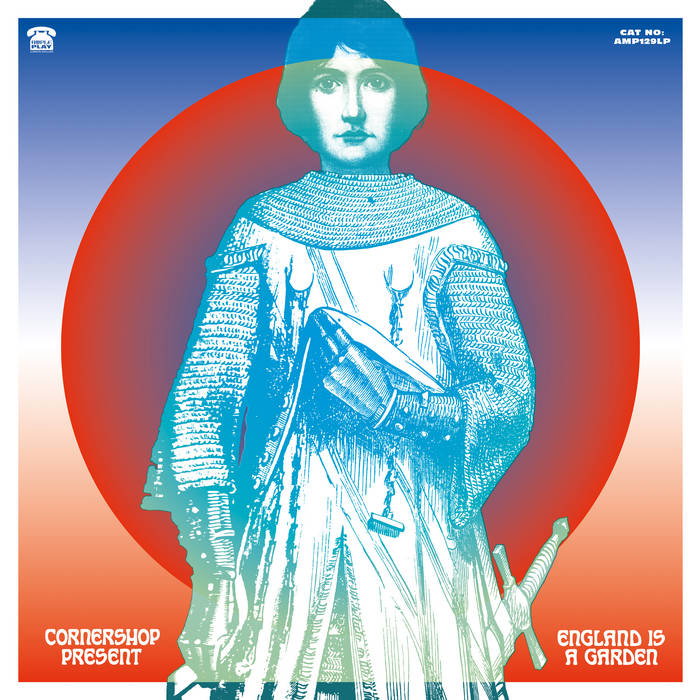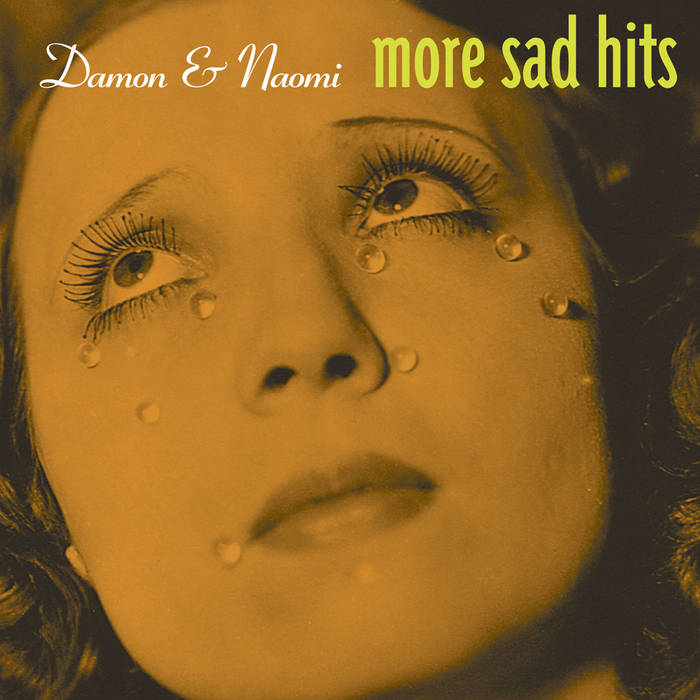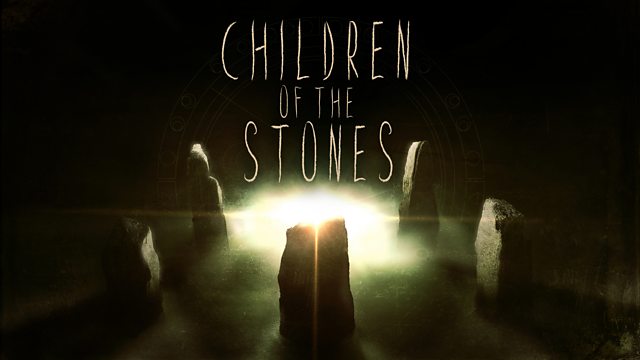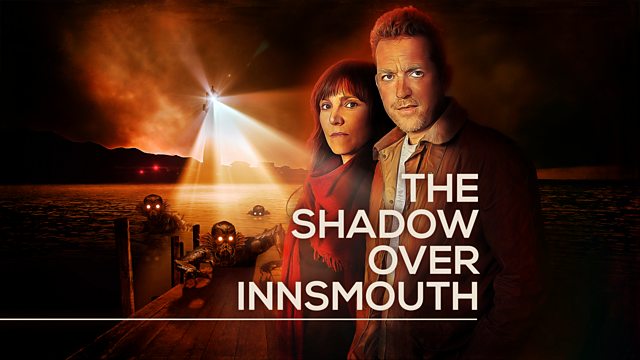
Obviously this Covid world of people dying and travel and events being curtailed is pretty rubbish but there are some consolations, like being able to attend online events from the comfort of your home. Particularly interesting to me have been the various Rural Gothic events organised by Howard Ingham of Room 207 Press, Mark Norman of the Folklore Podcast, and Icy Sedgwick of the Fabulous Folklore with Icy podcast. These events feature people giving presentation on things broadly related to dark folklore and the less shit end of horror, often serving up things that might broadly fit under the folk horror rubric. They can also feature theatrical and musical performances.
The most recent Rural Gothic event took place on the 24th and 25th of July. Its theme was cults, both the ones you get in real life and their representation in fiction. The weekend was book-ended by two presentations on the music of cults, one by Helen Hawa-Diggle on a particularly notorious cult and then Kirby Kellogg talking about cults' music more generally. In both cases the focus was on music made by and for the cults themselves, not on music made by cult members and leaders in their previous lives (so nothing on David Koresh's rock & roll years). Generally these musical offerings were made by the cults to recruit people, so they are attempting to put their best face forward. There was a real variance in style and quality with the music on offer, but I think my interest in weirdo music generally might have made me more sympathetic to the sounds than would be the case with normal people. It was just as well there was no cult recruiter calling by Panda Mansions as I was listening to these cultish sounds.
Nevertheless, when you know the reality of the cults behind the music there can be considerable disjoint between the appealing music and the unsavoury reality of the people producing it. Hawa-Diggle played one video of a woman singing the Earth, Wind and Fire song "That's the Way of the World", accompanied by a full band. The music is genuinely beautiful and the audience (mostly black and of all ages, including many children) are clearly enjoying themselves as they dance or clap along. But it's a recording made in Jonestown on 17 November 1978. Less than 24 hours later everyone in the video (the singer, the musicians, the happy members of the People's Temple, the children, the NBC cameraman who shot the video, the dark haired white guy in sunglasses seen briefly at the video's start) were dead. The juxtaposition of the appealing music and happy people with their terrible fate is indescribably sad. Kellogg meanwhile played the opening track of a record released by another cult, the kinderchor vocals a charming evocation of the Langley Schools Music Project. But the record was made by the Children of God, a group notorious for the sexual exploitation of minors and the use of teenage girls and young women as sexual lures to attract men into the organisation.
Hawa-Diggle also looked at the way the People's Temple lives on in music. Some of this is a bit kitsch (bands giving themselves names that evoke the cult's horrific end but in a way that is meant to be ironic, as well as throwaway references to "drinking the kool-aid", etc.) but she focussed on something a bit more interesting. First she played us a short recording of a speech by Jim Jones, which made me realise that I had never heard his voice before, at least not knowingly (his voice is very sampleable). He sounds oddly like a white guy impersonating an in-your-face black preacher, except that he is not talking about God's message of love and turning the other cheek but of his willingness to fight his enemies and a listing of all the weapons he has ready to use against them. Then she played us the opening of the Alabama 3 track "Mao Tse Tung Said", which puts the Jim Jones speech over a dance beat, and then for the full effect the song being played live, with the crowd going mental as they chant along with Jim Jones. It's odd and strange, definitely a powerful moment though what it signifies is mysterious.
 Kellog meanwhile brought us through a cavalcade of weirdo music from a variety of sinister cults: Aum Shinrikyo (music disturbingly like theme tunes to Japanese kids TV programmes), Heaven's Gate, the Manson Family, and so on. For a bit of contrast she also discussed the music of the Source Family. Compared to the others, these come across as a relatively harmless bunch: they weren't a death cult and while their leader, Father Yod, was a bit manipulative and had fourteen wives, he seems to have been neither rapey, a kiddie fiddler, nor a murderer (other cult leaders have set the bar very low here). And the music is different too. For the other groups, music was a recruitment tool, but with the Source Family it seems more like they just liked making music. Fortunately the music they liked making was improvised psychedelic freak-out music. Ya Ho Wha 13 (the Source Family house band) have retained a certain cult popularity, helped by the appearance of their music in a documentary on their movement. That film reputedly led to such an upsurge in interest that they reformed to play concerts and record some more albums, long outliving the Source Family itself (which dissolved after Father Yod died in a bizarre hang-gliding accident).
Kellog meanwhile brought us through a cavalcade of weirdo music from a variety of sinister cults: Aum Shinrikyo (music disturbingly like theme tunes to Japanese kids TV programmes), Heaven's Gate, the Manson Family, and so on. For a bit of contrast she also discussed the music of the Source Family. Compared to the others, these come across as a relatively harmless bunch: they weren't a death cult and while their leader, Father Yod, was a bit manipulative and had fourteen wives, he seems to have been neither rapey, a kiddie fiddler, nor a murderer (other cult leaders have set the bar very low here). And the music is different too. For the other groups, music was a recruitment tool, but with the Source Family it seems more like they just liked making music. Fortunately the music they liked making was improvised psychedelic freak-out music. Ya Ho Wha 13 (the Source Family house band) have retained a certain cult popularity, helped by the appearance of their music in a documentary on their movement. That film reputedly led to such an upsurge in interest that they reformed to play concerts and record some more albums, long outliving the Source Family itself (which dissolved after Father Yod died in a bizarre hang-gliding accident).
 The dramatic element to this Rural Gothic event was April, by the Hermetic Arts theatre company (who comprise writer/performer Carrie Thompson and director Chris Lincé). At previous Rural Gothic events Hermetic Arts did live drama pieces presented as though they were some kind of live internet broadcast of an occult spooky nature. This time they gave us a pre-recorded work that saw Thompson playing the popular internet influencer and life-style guru April, beginning with her singing a song about the importance of positive thinking. Although they said afterward that the character was based on a real influencer whose name escapes me, the person most called to mind was would-be pop star Poppy. The bananas trippiness of April's videos was very reminiscent of the strange content on Poppy's YouTube channel and the comparison also drew comparison with fevered rumours that Poppy is herself in a cult (which kind of became ironically true when Poppy (or the woman playing Poppy) broke with her manager and collaborator, accusing him of manipulative behaviour and glamourising suicide; since then she has concentrated on the music, always the weak link of the Poppy enterprise).
The dramatic element to this Rural Gothic event was April, by the Hermetic Arts theatre company (who comprise writer/performer Carrie Thompson and director Chris Lincé). At previous Rural Gothic events Hermetic Arts did live drama pieces presented as though they were some kind of live internet broadcast of an occult spooky nature. This time they gave us a pre-recorded work that saw Thompson playing the popular internet influencer and life-style guru April, beginning with her singing a song about the importance of positive thinking. Although they said afterward that the character was based on a real influencer whose name escapes me, the person most called to mind was would-be pop star Poppy. The bananas trippiness of April's videos was very reminiscent of the strange content on Poppy's YouTube channel and the comparison also drew comparison with fevered rumours that Poppy is herself in a cult (which kind of became ironically true when Poppy (or the woman playing Poppy) broke with her manager and collaborator, accusing him of manipulative behaviour and glamourising suicide; since then she has concentrated on the music, always the weak link of the Poppy enterprise).
 I digress. April starts off with April singing about positivity, then she plays some of her own weird videos, then she solves some of her followers' problems (or rather she "solves" them), and then she gets ready for the Big Event she has planned for everyone watching. But it all goes wrong and in a huge leap for Hermetic Arts everything gets a bit metafictional and starts bringing in events from Thompson's own life, or at least has April, or the person who became April, experience extreme things that Thompson herself went through. For me this started off weird and trippy and then ended up being oddly moving.
I digress. April starts off with April singing about positivity, then she plays some of her own weird videos, then she solves some of her followers' problems (or rather she "solves" them), and then she gets ready for the Big Event she has planned for everyone watching. But it all goes wrong and in a huge leap for Hermetic Arts everything gets a bit metafictional and starts bringing in events from Thompson's own life, or at least has April, or the person who became April, experience extreme things that Thompson herself went through. For me this started off weird and trippy and then ended up being oddly moving.
Other presentations that impressed me included Sam Hirst's talk on sects of the 17th and 18th century, focussing mainly on the period of the English Civil War and the Interregnum (basically one of the most fascinating of historical periods) but also stretching a bit onwards. Such old favourites as the Levellers, Diggers, Muggletonians and Fifth Monarchists got a look-in here, but also such less celebrated outfits as the French Prophets (who I think received some airplay on John Peel back in the day). I liked the discussion of the Ranters, who supposedly were always having song and dance parties in the nip but may have been a phantom movement existing only in the imaginations of respectable people concerned as to where complete religious freedom would lead. Another presentation by David Whitworth looked at the use and representation of cults in roleplaying games, and perhaps the presence of that on the bill had put TTRPGs in my head, but by the end of Hirst's talk I was thinking that England in the1640s and 1650s would be a great setting for Call of Cthulhu.
 One thing I did find myself wondering was how it was that the political turmoil of the 1640s and 1650s saw an eruption of new religions in England while there was nothing similar in France of the 1790s. One for the social and intellectual historians I think.
One thing I did find myself wondering was how it was that the political turmoil of the 1640s and 1650s saw an eruption of new religions in England while there was nothing similar in France of the 1790s. One for the social and intellectual historians I think.
John Mullis meanwhile talked about how Margaret Murray's The Witch-Cult in Western Europe had influenced H. P. Lovecraft's writing, both in the way it sometimes features shadowy witch cults surviving in New England backwoods and in the way the Cthulhu cult itself is modelled on the idea of an ancient cult with its origins in pre-history. Although The Witch-Cult has been much-criticised and its conclusions debunked, Murray herself was a serious scholar and her work the product of diligent research, even if the conclusions she reached are a bit eccentric. Mullis did give the impression that Murray's findings became increasingly odd as she went on. Particularly outlandish I think is her claim that the witch cult has been continuously in existence for longer than the entirety of human history, having supposedly been founded by non-humans (I'm guessing she meant Neanderthals or other higher hominids, not pixies or demons). But this kind of outlandish thinking is fertile ground for the writers of weird fiction, which is why the likes of H. P. Lovecraft, Arthur Machen and even M. R. James (with the likes of "Casting the Runes") were so keen to recycle her ideas.
Mullis did not talk so much about how Murray's dubious conclusions were an inspiration to the modern Wicca movement, as it allowed Wiccans to claim an ancient lineage for their religion. It is also easy to see the practitioners of Murray's witch cult in a favourable light, what with the attempts of the patriarchal mainstream to exterminate them. Mullis pointed out however that there are limits to the cuddliness of Murray's witches, given that she sees them as practitioners of human sacrifice. That Wiccans are still willing to associate themselves with them is reminiscent of the way many viewers of The Wicker Man see Lord Summerisle and the islanders as the good guys, notwithstanding their being practitioners of human sacrifice and the sexual exploitation of women and minors.
I also enjoyed Howard Ingham's comparison of real-life brainwashing versus how it appears in films, drawing on their own experiences as a former member of the evangelical Christian community. The focus was on films dealing with cults rather than other kinds of brainwashing, which meant that the likes of The Ipcress File or The Manchurian Candidate did not feature (though Ingham did reference the real-life Korean War incident that inspired the latter film). I had seen relatively few of the films Ingham mentioned but the fact that the brilliant Martha Marcy May Marlene was mentioned so favourably inspired confidence in the other recommendations. Ingham has written the book on cinematic cults, so he knows what he is talking about.
I would have got more from a presentation on cults and sects in The Magnus Archives if I had more familiarity with the popular podcast. Although it has been recommended to me as something I would like, I have very little sense of the popular podcast's actual format. An account of a psychogeographic pilgrimage inspired by the works of Georges Bataille for me suffered from a disjoint between the initial exposition of Bataille's funny theories and practices and then the art flummery of the pilgrimage. And Howard Ingham's recored interview with Neil Edwards on his documentary film about the Process Church had me itching to find out more about this odd group (and indeed see the film).
One curious absence over the weekend was the lack of any major attempt to define cults and to delineate where the boundaries between cults and mainstream religions lie. Are all new religions cults or can sects pop into being without operating in a cultish manner? Is even the term cult and the way in which we imagine cults a deliberate attempt to demonise new religions in an attempt to keep people in established churches or atomised non-religion? In response to a question (from me), Howard Ingham suggested that the difference between cults and mainstream religions is essentially one of time: given a couple of centuries to expand and settle down a new religion will gradually shed its cultish aspects and became something far less threatening. And yet I wonder about this. There are long-established religions that continued to exhibit cultish aspects, wielding an array of punishments against apostates or anyone questioning official doctrine. And on the other side, I'm not convinced that all new religions work in a cultish manner. Western Buddhism in particular seems like one that has been quite successful in attracting adherents while remaining something that people can drift out of if it stops working for them (though I appreciate that I am now leaving myself open to being informed of the secret domination shame of the Buddhist sex masters). And my limited interactions with members of the Hare Krishnas reveals them to be far more normal and less cult-like than might be imagined.
But I think the mark of a good event is that it leaves you with something to think about, and this Rural Gothic event did that in spades. If you want to explore the world of Rural Gothic events yourself then you can actually buy access to recordings of the Cult event here. And also, Harvest, the next Rural Gothic live event takes place on the 28th of August, and you can buy tickets for that here.
images:
The Ranters (The Adventures of a Feigned Hero: The Ranters Ranting)
April images are screen captures.







